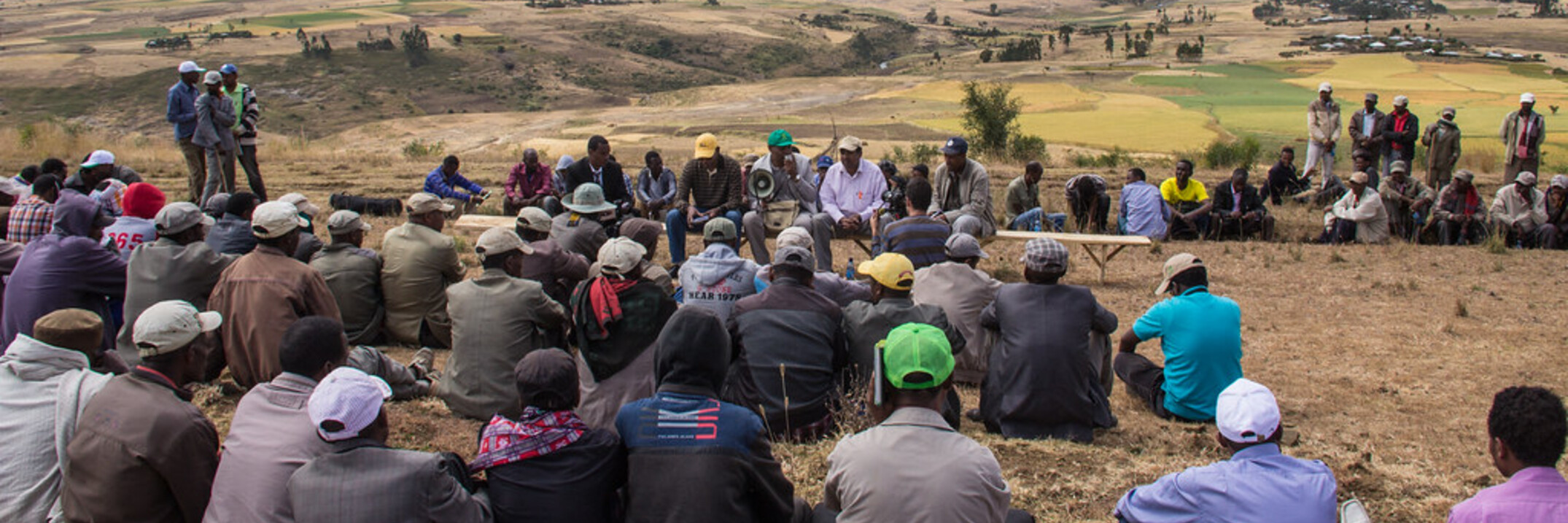In the dry areas, water, not land, is the limiting factor in improving agricultural production. Maximizing water productivity, and not yield per unit of land, is therefore a better strategy for on-farm water man- agement under such conditions. This...


